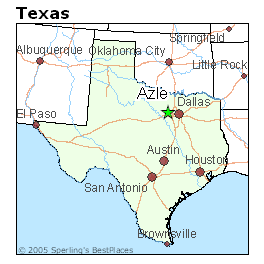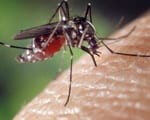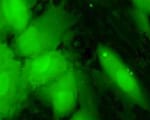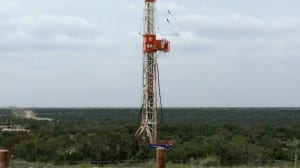After a contentious town hall meeting concerning the possible links between wastewater injection and a spate of North Texas earthquakes, locals say they cannot afford to wait for state regulators to address the issue.
Journalist Jim Malewitz with The Texas Tribune tapped the expertise of SMU geophysicist Brian Stump, whose research has looked at the operation of saltwater injection disposal wells and small earthquakes that have occurred in the Dallas-Fort Worth area.
Stump is Albritton Professor of Earth Sciences in SMU’s Dedman College of Humanities and Sciences. His primary research interests include seismic wave propagation, seismic source theory and shallow geophysical site characterization. Recent work has focused on characterization of explosions as sources of seismic waves. Studies have included the quantification of single-fired nuclear and chemical explosions as well as millisecond-delay-fired explosions typical of those used in the mining industry. The spatial and temporal effects of mining explosions and their signature in regional waveforms have been of particular interest. This research has application to the monitoring of a Comprehensive Test Ban Treaty where even small explosions will have to be identified using their seismic signatures.
Stump received his Ph.D. from the University of California, Berkeley. Immediately following his graduate education he spent four years on active duty with the US Air Force as a staff seismologist and ultimately as Chief of the Geological Siting and Seismology Section. He joined the SMU faculty in 1983.
The Texas Tribunes’s coverage, “After Surprise Quakes, North Texans Speak of Impact,” was published online Jan. 3.
EXCERPT:
By Jim Malewitz
The Texas Tribune
Melanie Williams does not want to abandon her home. She has been there, done that. That’s why she’s here now.After Hurricane Katrina forced her to leave New Orleans eight years ago, the 47-year-old took refuge in this small town near Fort Worth — about 300 miles from the Gulf Coast waters that engulfed her former life.
But, once again, Williams is living on shaky ground — this time, literally. She says a recently cracked foundation and busted water pipe have made her decade-old house unlivable, leaving her struggling to pay rent for an apartment on top of her mortgage as she awaits the fixes.
Williams blames a recent string of earthquakes, whose rumblings she never expected to feel when she settled here.
“I’ve had it up to here with the disasters,” she said in an interview. “It’s like they’ve been following me.” [ … ]
[ … ] In 2008 and 2009, folks in the Dallas-Fort Worth area were shaken by three series of earthquakes, with magnitudes as high as 3.3. In a study prompted by those concerns, researchers at Southern Methodist University and the University of Texas at Austin concluded that local disposal wells were a “plausible” cause, though they found it “puzzling” that the tremors were concentrated in just one or two locations in a region that had more than 200 disposal wells.
Follow SMUResearch.com on Twitter.
For more information, www.smuresearch.com.
SMU is a nationally ranked private university in Dallas founded 100 years ago. Today, SMU enrolls nearly 11,000 students who benefit from the academic opportunities and international reach of seven degree-granting schools. For more information see www.smu.edu.
SMU has an uplink facility located on campus for live TV, radio, or online interviews. To speak with an SMU expert or book an SMU guest in the studio, call SMU News & Communications at 214-768-7650.


 Gut reaction of marital partners could foretell their marriage satisfaction
Gut reaction of marital partners could foretell their marriage satisfaction Fossil supervolcano discovered in Italy by SMU-led team is now key feature of new UNESCO Geopark
Fossil supervolcano discovered in Italy by SMU-led team is now key feature of new UNESCO Geopark NPR: “Boiling Hot: How Fracking’s Gusher of Geothermal Energy is Wasted”
NPR: “Boiling Hot: How Fracking’s Gusher of Geothermal Energy is Wasted” KERA, NOVA: SMU researcher Peter Weyand discusses the upper limits of human speed.
KERA, NOVA: SMU researcher Peter Weyand discusses the upper limits of human speed. 
 The Undying Radio: Familiarity breeds content when it comes to listeners and music
The Undying Radio: Familiarity breeds content when it comes to listeners and music Mosquito indexing system identifies best time to act against potential West Nile Virus outbreaks
Mosquito indexing system identifies best time to act against potential West Nile Virus outbreaks Sweden, SMU psychologists partner to launch parenting program that reduces child abuse
Sweden, SMU psychologists partner to launch parenting program that reduces child abuse Chemical probe confirms that body makes its own rotten egg gas, H2S, to benefit health
Chemical probe confirms that body makes its own rotten egg gas, H2S, to benefit health Study: High-volume Bitcoin exchanges less likely to fail, but more likely to suffer breach
Study: High-volume Bitcoin exchanges less likely to fail, but more likely to suffer breach











